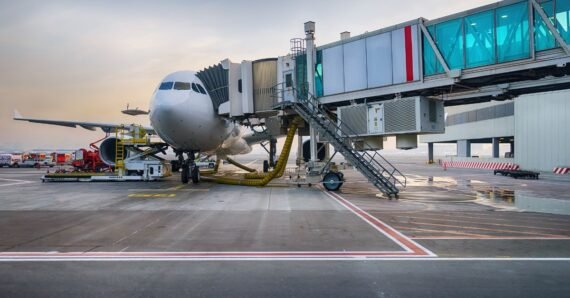Flydubai vs Flynas – Comparing Airline Services and Offers
When comparing airlines for your travel plans, especially within the Middle East, you might find yourself weighing the options between Flydubai vs flynas.
Both airlines serve as vital connectors in the region, with flydubai frequently cited among the best budget airlines and flynas holding a strong presence, especially in the Saudi market.
Choosing the right airline for your trip to or from Dubai involves considering various factors, including price, comfort, service, and schedule flexibility.
flydubai has made a name for itself by offering competitive pricing and business-class seating options, giving travellers the luxury of choice without breaking the bank. On the other hand, flynas, known for its punctuality and customer service, might be your go-to if you prioritize reliability and a seamless travel experience.
While the decision to fly with either Flydubai or flynas largely depends on personal preference and specific travel needs, in-depth knowledge about each airline’s fleet, destinations, services, and customer satisfaction rates will guide you to an informed choice.
Comparative Overview of Flydubai vs Flynas
When selecting your next airline for travel within the Middle East or beyond, understanding the differences between Flydubai and Flynas is vital for making an informed choice.

History and Expansion
Flydubai, officially launched in 2009, has rapidly developed its operations across the Middle East, Europe, Asia, and Africa. Originating from the United Arab Emirates, Flydubai has pushed boundaries, expanding its network to include more than 90 destinations.
D'autre part, Flynas, Saudi Arabia’s first budget airline, established in 2007, has become known for both its domestic and international services, connecting significant cities within Saudi Arabia alongside routes to various points in Egypt, Kuwait, and other countries within the region.
Fleet and Network
Flydubai se vante a fleet exclusively composed of aircraft from the Boeing family, specifically the 737 series, which is tailored for various range capabilities essential for its broad network. They provide extensive services across their route network, which includes over 90 destinations.
En revanche, Flynas operates a fleet consisting of fuel-efficient Airbus A320neo; this aircraft has become a central part of their strategy to offer economical and environmentally-conscious travel options. The airline focuses heavily on the Middle East but also offers flights to select destinations in Asia and Africa.
Service Classes and Amenities
Flydubai and Flynas both offer different classes of service, tailoring the experience to a variety of travellers’ expectations and budgets. With Flydubai, you have Economy Class, where affordable fares meet comfort, and an option for a more premium experience in Business Class, featuring perks like spacious seating and superior catering.
In contrast, Flynas, while predominantly known as a budget carrier, doesn’t compromise on quality; passengers can enjoy comfortable seating, options for purchasing additional bagage allowances, and a selection of nourriture and beverages.
Flydubai emphasizes a broader international presence and a single-type fleet for operational efficiency, whereas Flynas concentrates on serving the Middle East with a focus on affordability and aircraft efficiency. Make your choice based on destination, budget, and preferred travel experience.
Business Operations and Market Positions
In the competitive arena of air travel, understanding the business operations and market positions of flydubai and flynas is crucial. Both airlines strategize to enhance their foothold in the low-cost carrier market while facing varying challenges and opportunities.
Market Competition and Strategy
flynas has established itself as a significant player in the low-cost airline market, particularly within the Middle East, celebrating multiple wins as the Best Low-Cost Airline in the Middle East from Skytrax.
Its strategy focuses on providing budget-friendly travel options while expanding its reach to over 70 domestic and international destinations, influenced by the objectives of Saudi Vision 2030.
On the other hand, flydubai, backed by the UAE government, has strengthened its position as a leading budget airline, commanding a large share of LCC airline seats in the region. It bolsters Dubai’s tourism and captures market share through extensive route offerings, including over 90 destinations supported by Tourism and Transport.
Both flyFlydubaid flynas have leveraged partnerships and codeshare agreements to expand their networks. flydubai has crafted codeshare agreements with full-service carriers like Emirates, allowing passengers a seamless connection to a global network. Similarly, flynas has benefited from codeshares, such as Etihad Airways, to enhance its operational reach.
Financial Performance
Financial strength is essential to the critical durabilité of any carrier. Despite the challenges posed by the COVID-19 pandemic, both airlines have displayed resilience. flydubai has reported significant seat-capacity growth year over year, while flynas celebrates a history of successfully ferrying over 78 million passengers.
Information on their recent financial performance, such as revenu, losses, et profitability, can offer insights into their current market positions. However, such data requires more detailed research to obtain the latest figures.
By closely examining these aspects, you gain a comprehensive understanding of how flydubai and flynas operate within the complex framework of the low-cost carrier industry, the business strategies they implement, and the ever-evolving market competition they face.






